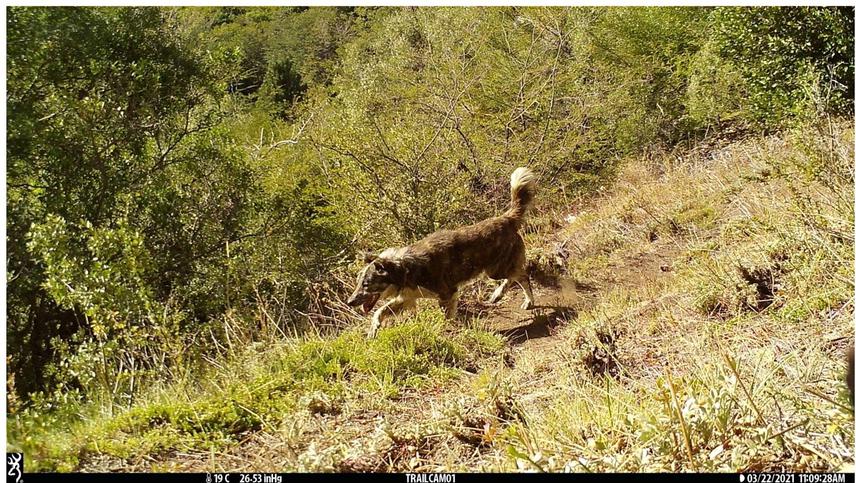Social media video featuring the project.
Perros, fauna silvestre y tenencia responsable.
16 Sep 2019 San Carlos de Bariloche, Argentina, Central and Latin America Carnivores | Conflict | Communities | Mammals
Domestic dog is the most common carnivore globally and it can impact wildlife in diverse ways. Because it is a species with a close association with human, any attempt to study their impact must consider the social dimension. Therefore, this approach is an important first step to generate social awareness and to mitigate the human-dog-wildlife conflict effectively. Thus, our aims are: quantify the interactions between dogs and wildlife and understand how much does society knows and worry about the conflict. These aims will be approached at local scale (northern Patagonia) through surveys, personal interviews and camera survey; and at national scale (Argentina) through on-line surveys. We will work with different stakeholders involved in this conflict, which includes ranchers, citizens of urban settlements close to protected areas and park rangers. The information obtained will be key to develop educational programs, to guide policy makers and to future conservation studies.

Mammals are among the first organisms introduced by humans. One of the most widely distributed non-native species is domestic dog (Canis lupus familiaris). It can interact, in one hand, directly with wildlife through predation, competition, hybridization or disease transmission. On the other hand, in rural areas dogs attack livestock, and this can have an indirect impact on wildlife too because ranchers assign this attacks to wild carnivores and this increases the negative perception towards this species. Moreover, the use of lethal control strategies to reduce livestock predation, such as poisoned baits impacts negatively on wildlife species including carnivores and scavengers. In sites near protected areas, these impacts can be even more harmful due to its great biodiversity. Due to the close link between domestic dogs and human, any attempt to address the dog-wildlife interaction must include people and their perception.
Thus, in this project, we will study domestic dogs’ role in protected areas near human settlements, their interaction with wildlife and the social perception of this interaction. These aims will be approached at local and national scale using different methodologies. For local scale, we will focus on rural areas from extensive systems of livestock production and urban areas in northern Argentinian Patagonia near protected areas. This region comprises temperate forest, shrublands and steppes that host several endemic species and is considered a region of great conservation concern at global level. At this scale, we will conduct interviews and online surveys to study the social perception. Also, we will conduct camera traps samplings in protected areas near human settlements and landscape information assessment to assess the main drivers that increase the negative impact of dogs on wildlife in the sampled areas. At national scale (Argentina), we will use on-line surveys to gather information. Argentina is one of the 20 countries with the larger number of protected areas. Most of them are close to urban areas or have human settlements inside, with the associated threats, like dogs’ presence. In these areas, there are no effective dog management strategies and usually they roam freely.
Also in some regions there are no effective spay/neuter and vaccinations service. This led to a dog population increase. Under this context, we consider that an assessment of these dog-wildlife-human interactions is urgent, especially in protected areas which hosts many endangered species that are constantly exposed to dogs influx from urban zones.
Social media video featuring the project.
Perros, fauna silvestre y tenencia responsable.